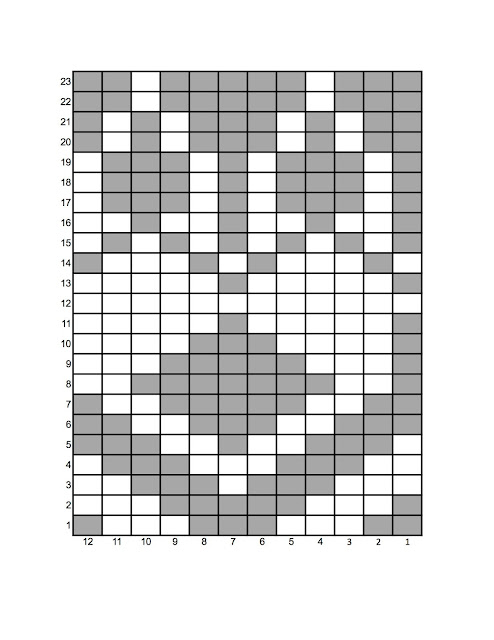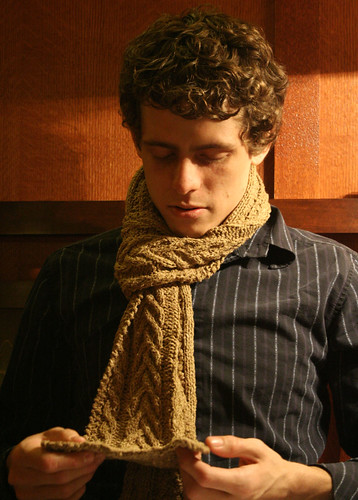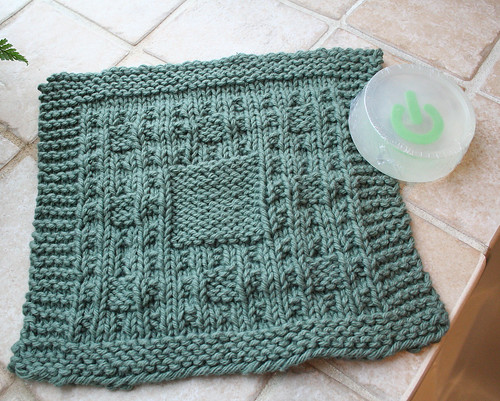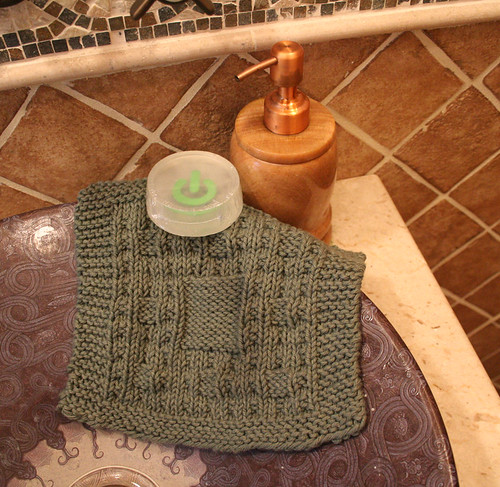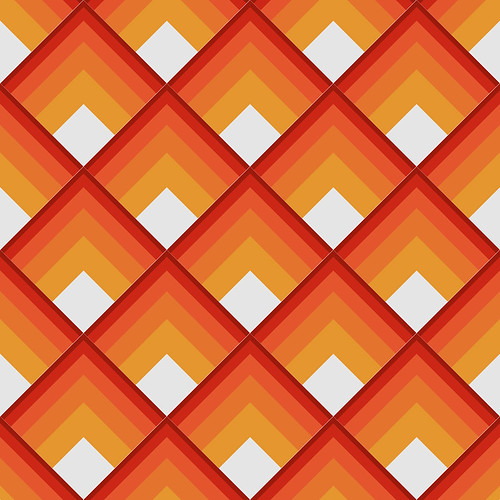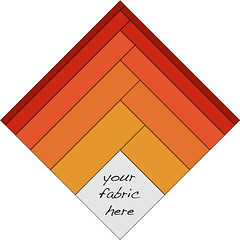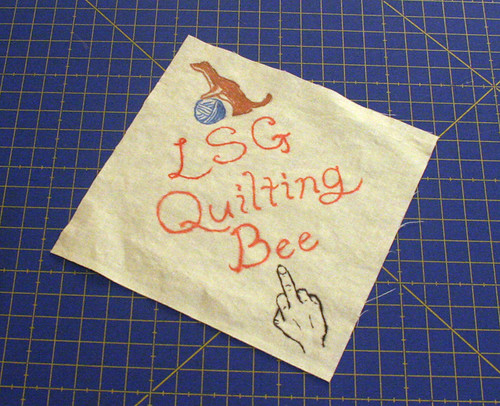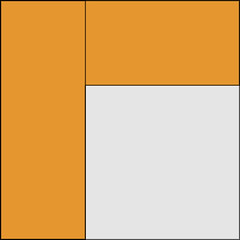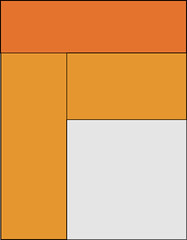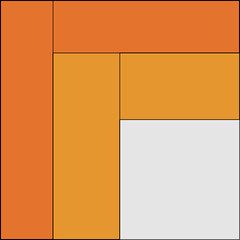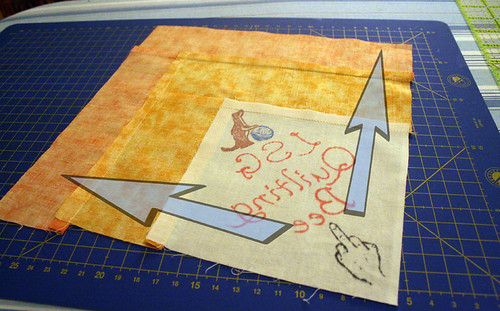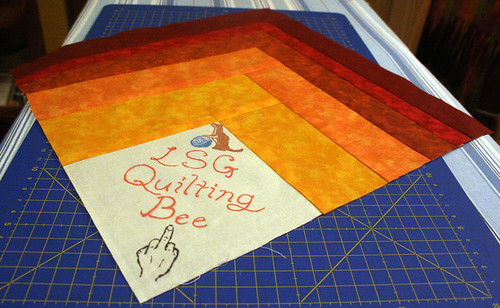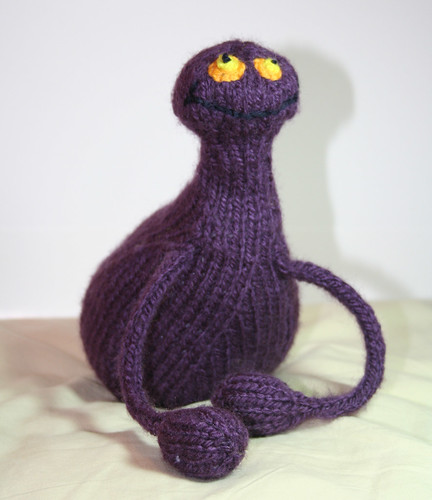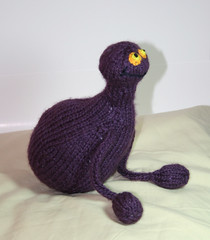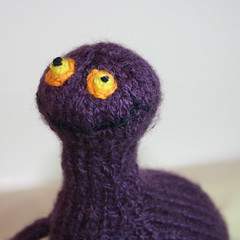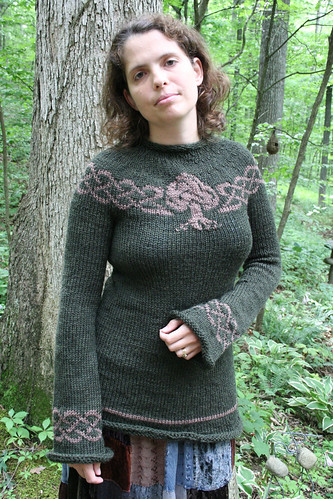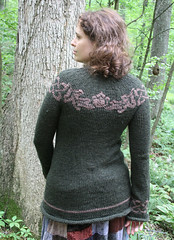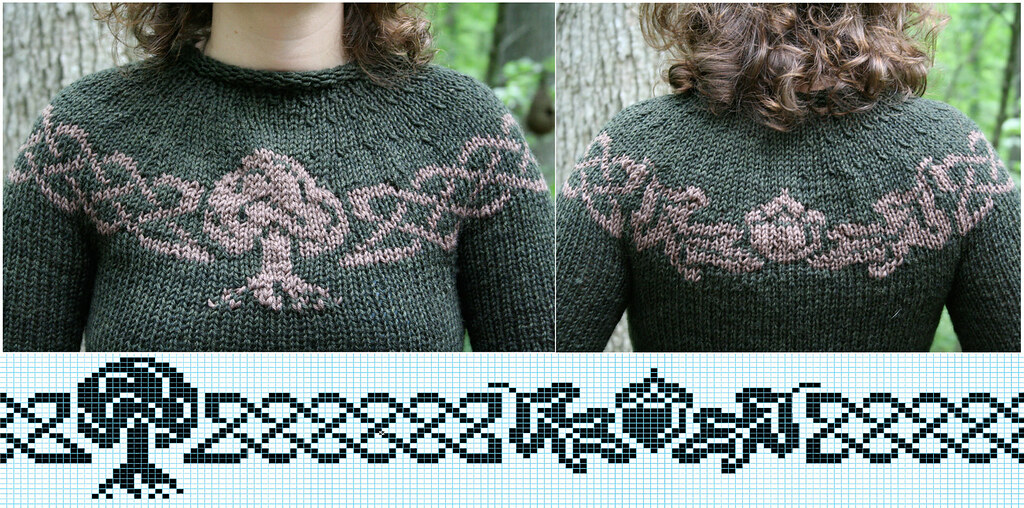Hannah’s Hat
You’ll need:
140 yards of Aran weight yarn in primary color for hat
20 yards of Aran weight yarn in secondary color for hat
Size 8 needles
Tapestry needle
40 yards of Aran weight yarn for pompom in secondary color,
or 20 yards each of primary and secondary color for a 2-toned pompom.
Pompom maker, or thick cardboard to make pompom template
(total of 200 yards of yarn, or approx. 110 grams)
Cast on 84 stitches in primary color.
K2, P2 until hat measures 5 inches from cast-on edge.
Knit in colorwork pattern, joining in secondary color
according to pattern.
(If you have difficulty viewing the pattern, then I recommend you right-click on the image and either open image in new window or save image)
(If you have difficulty viewing the pattern, then I recommend you right-click on the image and either open image in new window or save image)
After row 23 of pattern cut secondary color.
Continue knitting in primary color for 10 more rows (should
be approximately 11.5 inches from cast-on edge).
K2tog around (42 stitches)
Knit one round
K2tog around (21 stitches)
Knit one round
K2tog around until one stitch remaining. Cut yarn, leaving a
long tail. Using tapestry needle, pull yarn through remain stitches and then
pull tight.
Make large pompom in secondary color, or a mix of primary
and secondary colors.
Attach pompom securely to top of hat.
Weave in all ends.
Variations:
Use blank chart to create your own colorwork chart. Be
careful not to create runs longer than 7 stitches of the same color or you may
run the risk of uneven colorwork and “puckering” effect as the lengths of yarn
on the underside of the knitting are pulled too tight.
If you do not want a folded brim, then only knit in ribbing for 2.5 inches before beginning colorwork. Decreases should begin when hat is at 9 inches in length. If you choose to do this then I recommend knitting the ribbing in a smaller size (size 7 needles) as otherwise the ribbing section may be too loose.



